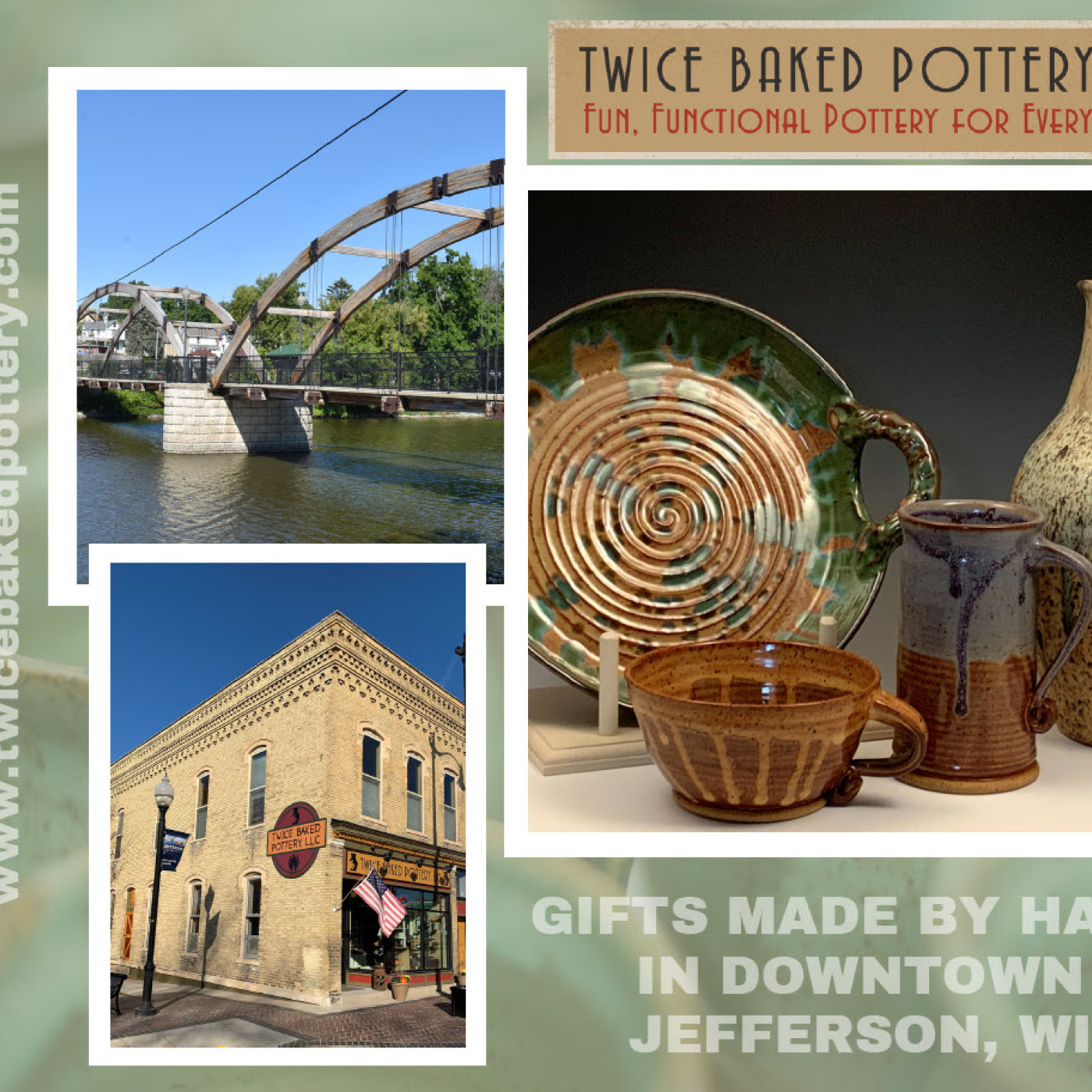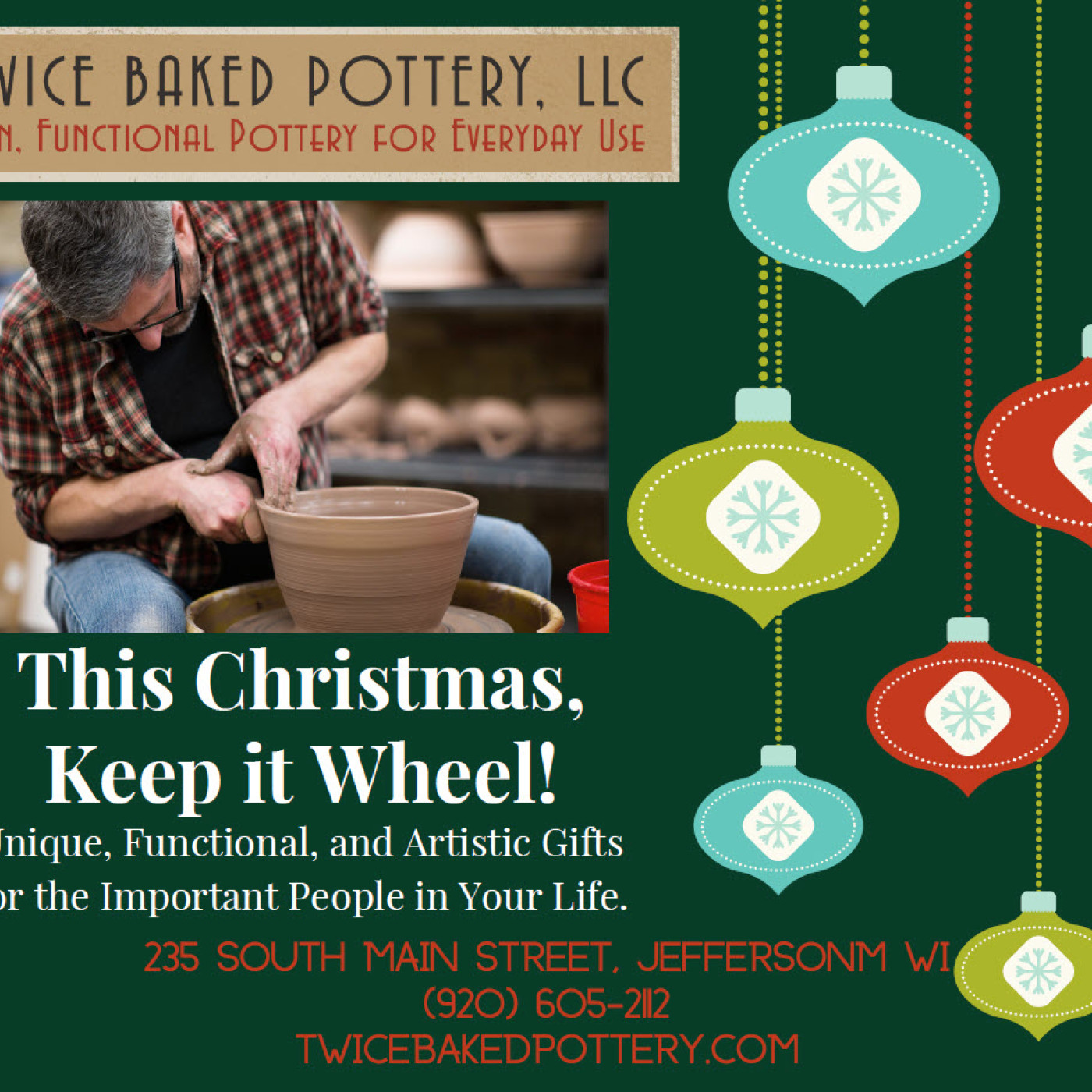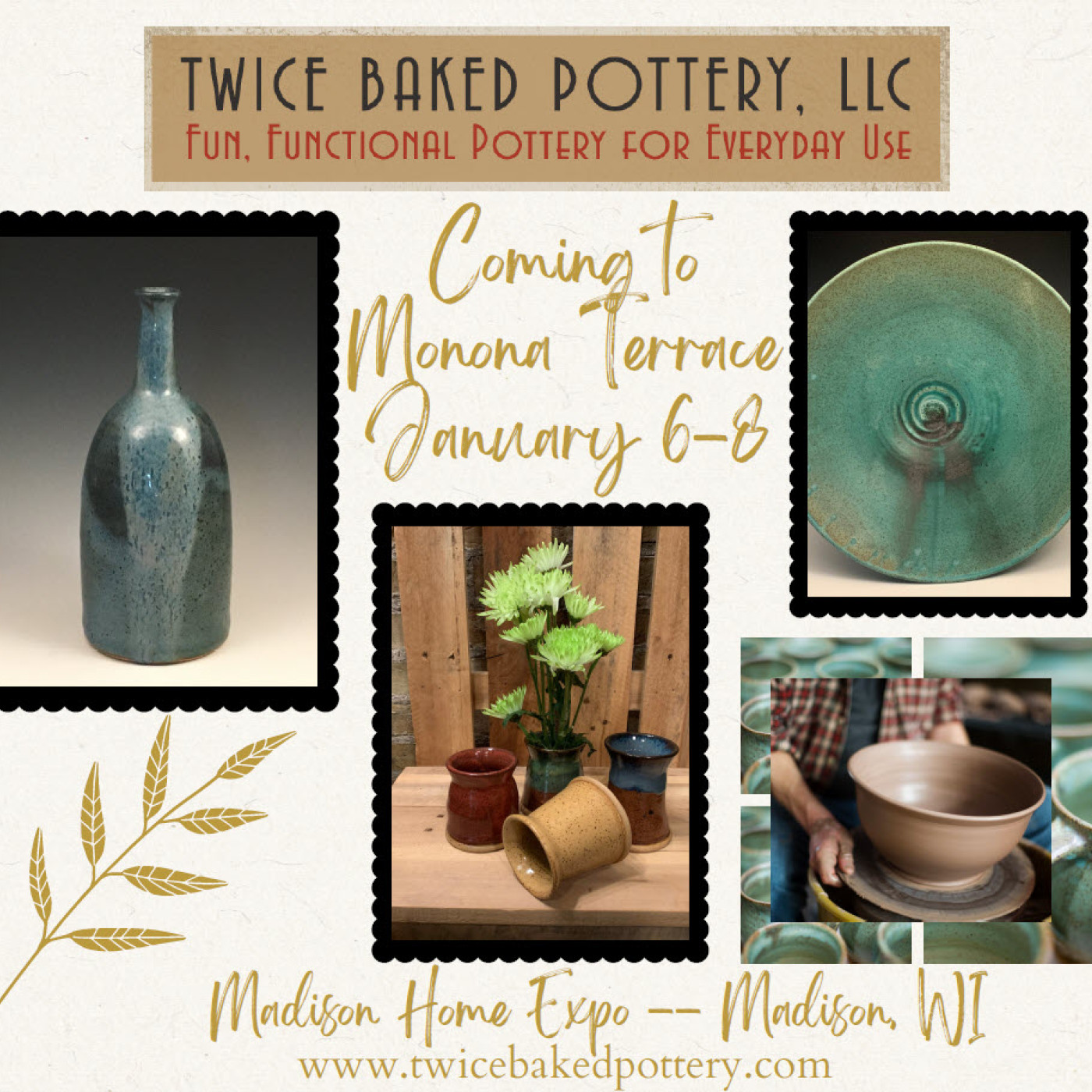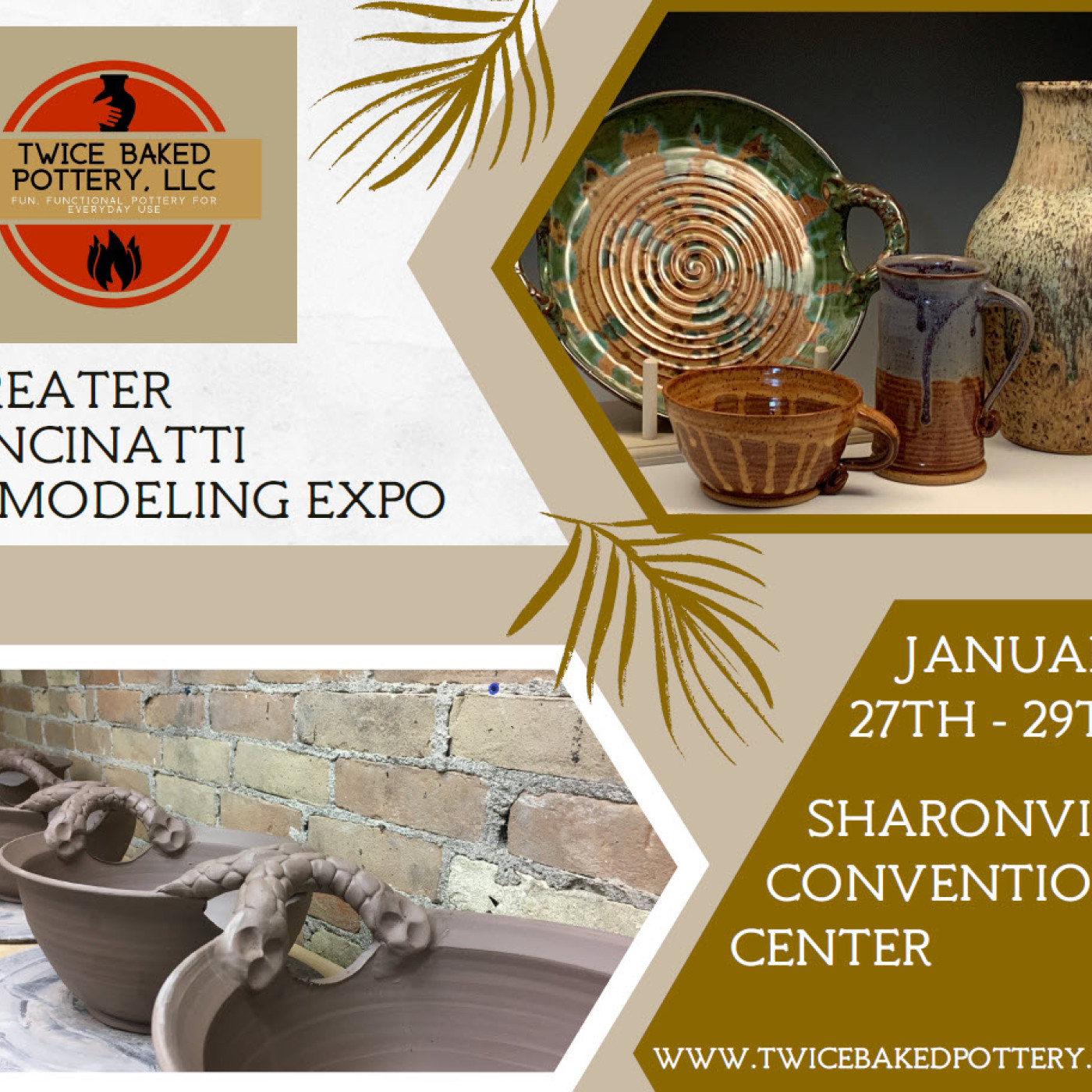Why It’s Important To Establish a Brand Advice for Marketing Your Business
Now that the holiday season has passed, many of us are working hard to build up inventory and prepare for the new show season. In January, I talked about examining what we did last year, our successes, our failures, what worked, and what did not. For this issue, I’m sharing what I do to make my upcoming shows as successful as possible.
Taking Care of Business
When I practiced law, I joked about doing the “underwear work.” People always asked me about trial work — what it was like, if it was stressful, and how I kept track of everything.
My response was always that for every hour of an evidentiary hearing in which I was involved, I spent about 10 hours of preparation time. That was the underwear work. No one saw it, but it was awfully important.
The same rule applies to any business and, most certainly, to our line of work. Preparation time, of course, includes all the time it takes to make our art.
But there is a whole lot more we need to do in advance of a show or a selling opportunity to make it successful. Branding and marketing are two of the most important things to make a show successful, and they can be done at a cost far less than you may think.
Go Your Own Way
First, you need to establish your branding. What does this mean? It means come up with a logo, color scheme, and tagline to use on all your promotional materials, signage, business cards, fliers, advertisements — everything you use to communicate your presence to the public.
There is a reason they claim “a picture is worth a thousand words.” Our minds process imagery almost instantly and make connections to memories and concepts. You want returning customers to immediately think of you and your product the moment they see your logo. Make sure it clearly conveys who you are and what you do.
A tagline is a brief, often pithy, and always memorable description of your art and your business. It should convey what you make both succinctly and in a way that hopefully sticks with your audience.
For my business, I incorporated my tagline — “Fun, functional pottery for everyday use” — into my logo. Remember, people make decisions in a fraction of a second. Is this a booth or store I want to go into?
Your logo and tagline help potential customers process their answer to that question. It is your chance to get them across your threshold. That is half of the battle.
Most marketing people tell you to try to maintain a consistent color scheme and style in your promotional materials for branding purposes. While my logo and tagline always stay the same, I vary color choices with my advertisements. Generally, I pick a similar color pattern each season based on what seems to be trending.
Like most things in life, this is not a perfect science, so be open to changing it up. Remember, the whole purpose of promotional materials and advertising is to get people’s attention and then motivate them to come to you. Do not be afraid to try new things and experiment a bit.
Let your branding be about you. Make it personal, like your art. Think of it as a small window into who you are and what you do. The more natural it feels to you, the easier using it to promote you and your work becomes.


Say My Name
All of us do the basics — business cards, signs, perhaps a flier. But do we take it to the next level?
The only people who see your business cards or signs are people who are already there. What are we doing to get people there in the first place? How are we advertising both our presence at an event and why we are worth a visit?
Too often, we assume the show promoter has taken care of this important task, so we just focus on packing up the truck, making sure we have enough of our product for the show, setting up, and waiting for the buyers to come out.
Some promoters are amazing at marketing, and there is very little we need to do other than show up. I have found the longer a show has been going on, the less promotion we need to do since the show is well established and has a following. For those shows that are newer, however, it is important to make an effort to get the word out as well.
Here is where social media comes in. There is currently no better way to advertise for small businesses and artists at a cost-effective price point than through Meta (Facebook, Instagram, and Messenger). If you do not already have a Facebook and Instagram account, start one.
They are free and our customers routinely use them. One study found the average person checks Facebook 14 times per day. Another study found the average Instagram user checks Instagram at least once per day.
What does this mean for us? As of January 2021, 2.8 billion people have a Facebook account. Instagram has around 1 billion users. This is how people receive and digest information. These are our customers.
While I have both accounts and post on both, my preference is Facebook, as its demographic tends to skew heavily female and in the 30 and older range. That is my natural customer demographic, so I focus my posts and advertising primarily there.
I try posting ads about my participation in shows roughly a week in advance of the show. Just posting gets it in front of my followers and whomever they choose to share it with. That is good, but what about shows outside of your home region? This is where boosting comes in.
You can boost almost any post for as much or as little as you want to spend. When you boost an ad, you decide who you want to see it and within a specific geographic range.
You can choose people Facebook concludes have certain interests and income levels, as well as by gender. Most of my boosts are targeted toward women 25 and older, since they are the ones who frequent art shows and buy pottery.
I boost the ad for a period of five to six days in the area where my show will be. I find that a $25 to $30 boost — spread out over five to six days — results in approximately 2,000 to 3,000 people seeing it.
An ad I recently did in the Madison, Wisconsin, area hit more than 3,500 feeds within the first three days of the boost! But does it get results?
On average, I see somewhere between $300 and $750 in sales directly attributable to the boost. This is a conservative estimate, as I rely on people telling me this is how they found out about the show and me being there.
Even at the low end, a 1,000% return on a $30 expenditure is pretty amazing! And you have just begun to develop a new group of returning customers.
To make my boosts stand out, I make six to seven Facebook-sized ads using Canva at the beginning of the year. These ads can be altered throughout the year to change the names of the shows, locations, and dates.
For those who have not used Canva or some other ad production software, take some time to explore your options. Canva offers both a free version and a subscription.
Play around with the free version, and if you like it, spend the $120 per year for the subscription. Between the shows and my store, I use Canva at least 50 times per year. Considering that having an ad professionally designed costs approximately $100 per ad, Canva basically pays for itself with your first ad.
At first, this may seem like a lot of work, but you will find it more than pays for itself and you begin to grow your brand. It is a great way to develop a strong customer base, and with an increasing customer base comes a growing business.
To all of the show promoters out there — think about giving a credit to artists who show they have created and boosted an ad related to participating in your show. The more ads about artists involved in your shows, the more people see it and the bigger the crowd.
Additionally, people go where they think there are lots of things to see. One ad about an artist hitting someone’s social media feed is good; how much more likely are they to decide to attend the show if they get five ads, 10, or even more? Reward artists who help do the heavy lifting involved in promotion. It benefits everyone.


The Winner Takes It All
Marketing, branding, and advertising may seem a bit intimidating. At first, it is, but like they say, the only way to eat an elephant is one bite at a time (I promise, no elephants were injured during the development of any advertisements I put together).
Take small steps and let them lead you forward gradually. You don’t have to do it all at once, and you will find that each step makes the next one a bit easier.
By working to make your presence and involvement in different art shows known, you will see your sales numbers improve. Encourage your neighbors and fellow artists to do the same, because all of our customers shop the whole show — the higher the attendance, the better our odds of seeing a good return on our investment. This way, we all become winners.
Click here to read more Life on the Road blog entries.